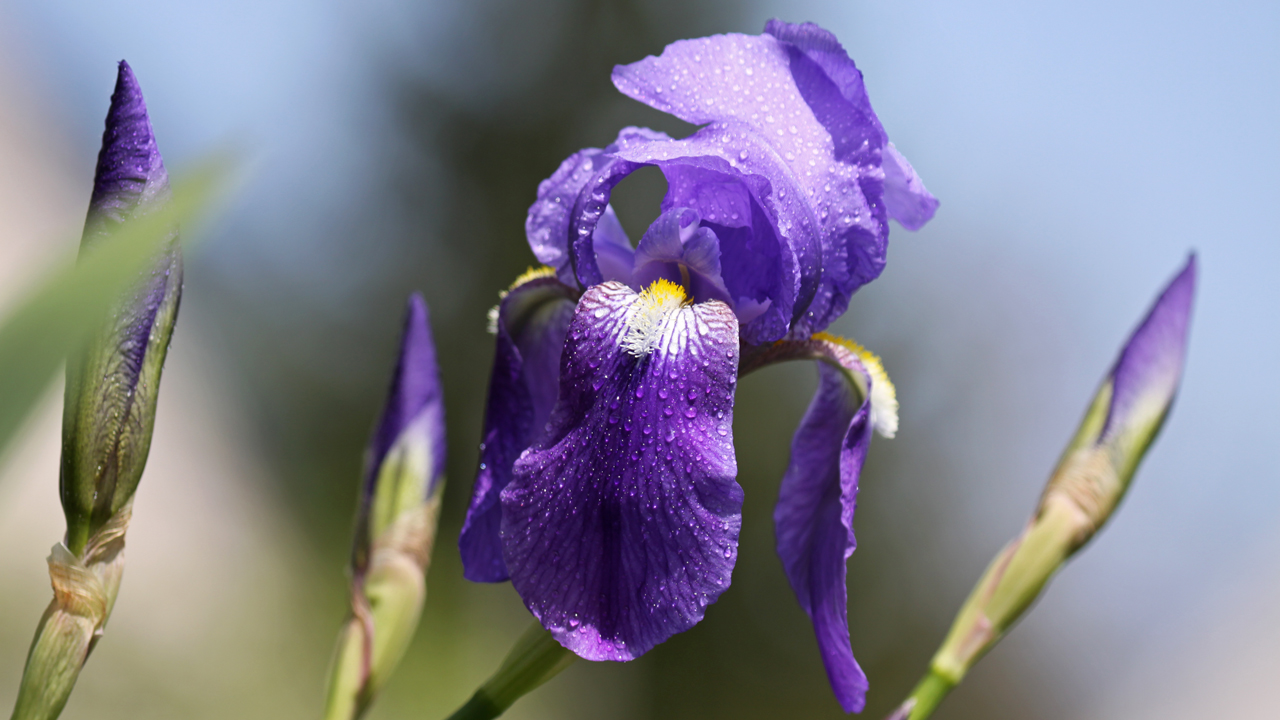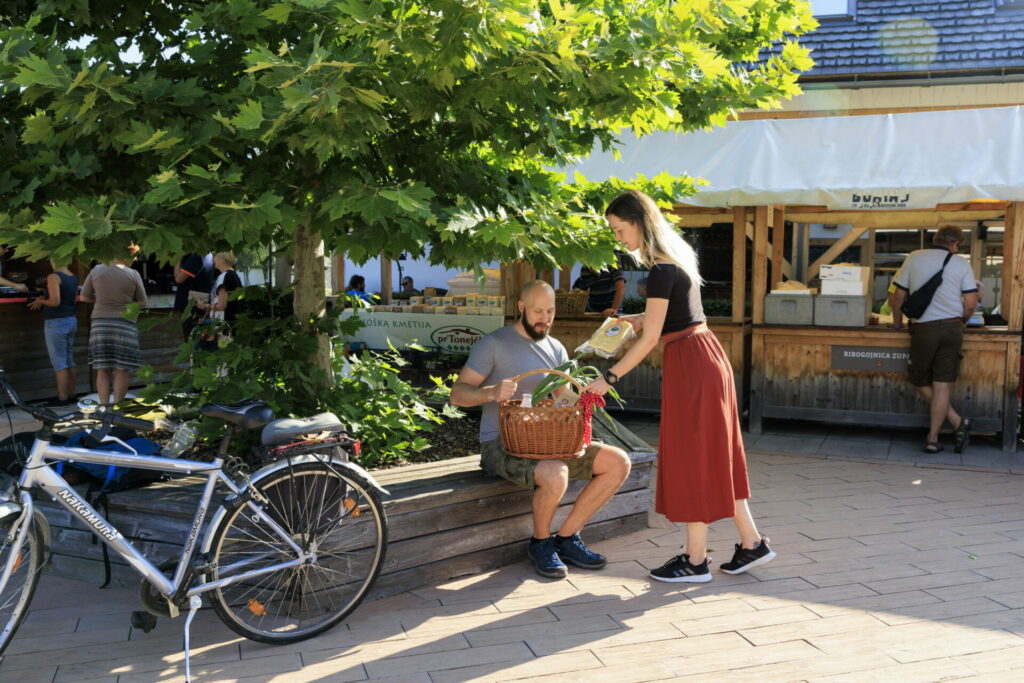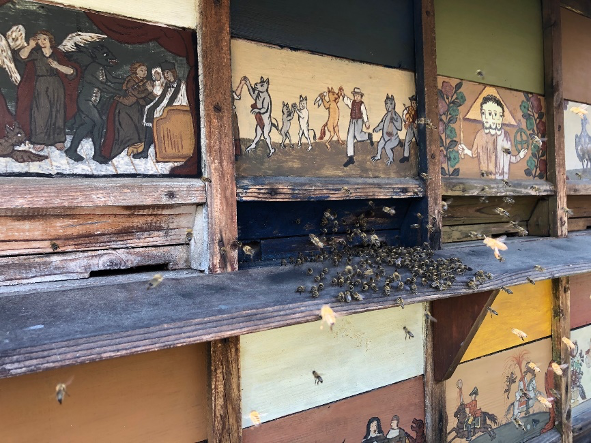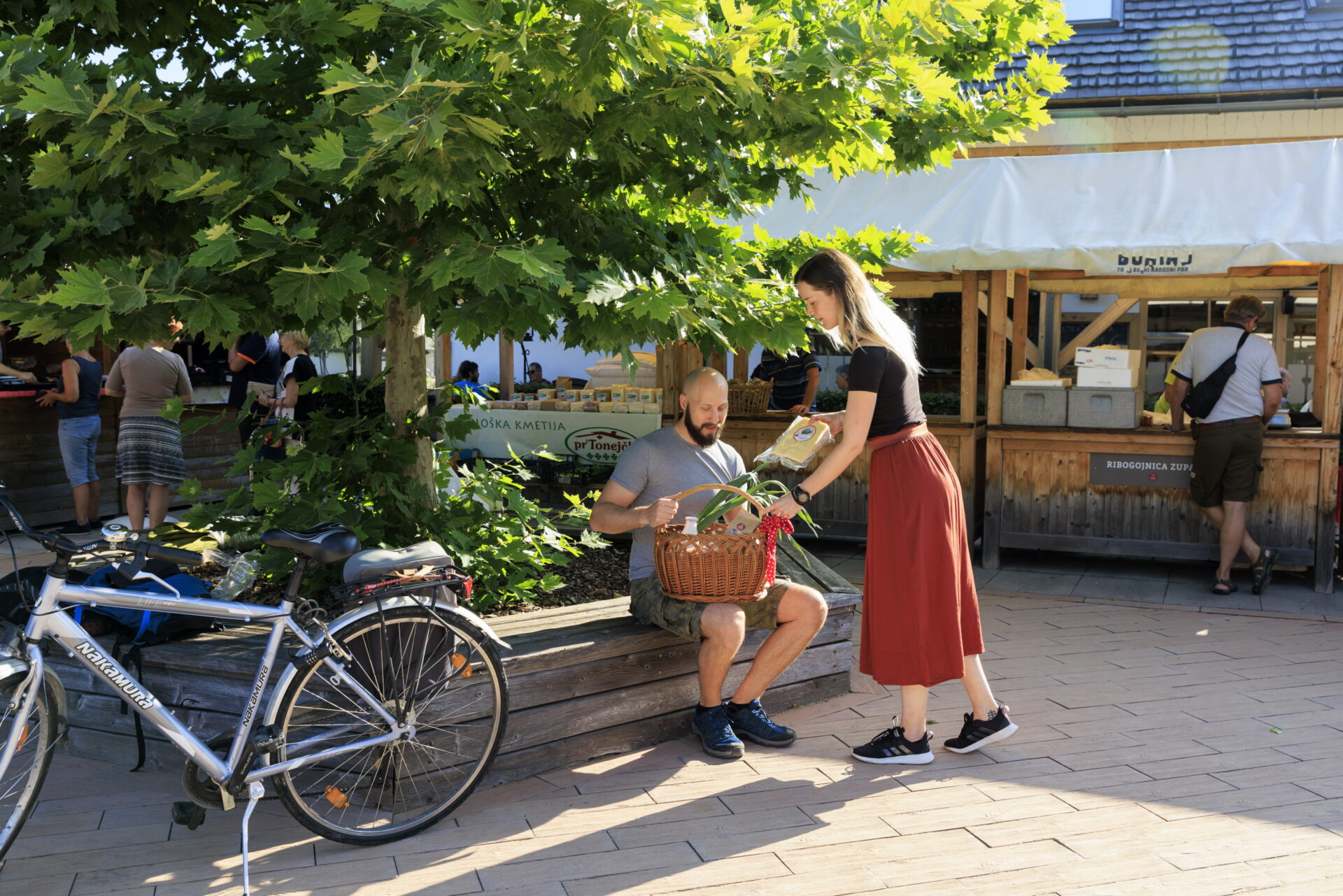

Let’s go together to the Bohinj Iris, a guided botanical excursion to Rudnica with Dr. Peter Skobernet
Information:
– Meeting point: Center TNP Bohinj, Stara Fužina
– Price: 20,00 € per person
– Duration: 4 – 5 hours
– Difficulty level: medium
– Gear: hiking shoes and clothing, rucksack, sun protection, refreshments
– The event will be held with a minimum number of 5 participants
description of the route:
The starting point of the botanical guided tour is the TNP Bohinj Centre in Stara Fužina. Then we will continue along the Bohinj cycle path. Soon we will leave the meadows and enter a bright forest overgrown with hazel (Corylus avellana), field maple (Acer campestre), hawthorn (Crataegus sp.), wayfaring tree (Viburnum lantana), European hop-hornbeam (Ostrya carpinifolia) in European flowering ash (Fraxinus ornus). On the rock cliffs along the trail, you can admire the Carniola Lily (Lilium carniolicum), which we will pay a little more attention to, and we will also find the Bloodroot Geranium (Geranium sanguineum). This is followed by meadows covered with orchids and various species of wild orchids (Orchidaceae), while the higher meadows are also home to the moustachioed carnation (Dianthus barbatus), which is characteristic of dry Alpine meadows. The trail will lead us through a beech forest, where you can see traces of mining. Continue through a forest of black hornbeam and small ash trees. When we will arrive at the view point, we have a beautiful view of the Lower Bohinj Valley, and here we also find our beautiful South Alpine perunculus (Iris pallida subsp. cengialti)). Followed return to the starting point.
Special offer:
Botanical tour package with flower menu is available at special price of 38,00 € (adults) and 25,00 € (children).














